It's easy to feel like we won't win the fight against climate change, especially when faced with the realities of a warming planet and the ongoing issue of climate science misinformation.
Climate change is happening, though. Look no further than the Earth's increasingly devastating natural disasters, looming water crisis, and disappearing ice sheets.
To combat warming temperatures we have to dramatically lower carbon emissions, according to the United Nation's Intergovernmental Panel on Climate Change (IPCC), and address the rising levels of carbon dioxide. That won't be easy(opens in a new tab).
At the 2022 Conference of the Parties to the United Nations Framework Convention on Climate Change (COP27), world leaders chose not to move away decisively from a widespread reliance on fossil fuels(opens in a new tab) and posed continued concerns about failures to lower emissions. The 2022 Emissions Gap Report(opens in a new tab), released by the UN Environment Programme just before COP27, still found that there was "no credible pathway to a 1.5 C future" without "rapid societal transformation."
"Limiting warming to 1.5 C is possible within the laws of chemistry and physics, but doing so would require unprecedented changes," Jim Skea, a leading UN Intergovernmental Panel on Climate Change scientist, said in 2018.
But there is cause for hope, Charlie Jiang, a former climate campaigner at Greenpeace, told Mashable in 2019. Greenpeace climate campaigners work with climate change advocacy organizations such as Zero Hour(opens in a new tab) to confront fossil fuel companies and politicians standing in the way of transformative climate change action. One of Greenpeace's strategies has been to pressure political candidates to publish comprehensive (opens in a new tab)plans(opens in a new tab) that invest in clean energy and phase out fossil fuels, without hurting workers.
President Joe Biden has since made several climate action pledges(opens in a new tab), including co-leading the Forest and Climate Leaders' Partnership (FCLP) deforestation initiative, scaling up production and use of zero emission vehicles (ZEVs), and a $1-billion commitment to the Green Climate Fund(opens in a new tab). The administration also set a new goal of achieving a carbon pollution-free power sector by 2035 and net-zero emissions economy by no later than 2050.
"Amidst all the scary news that we're getting, it's a hopeful moment for bold transformation... We deserve a better future than the one that our complacent politicians and the fossil-fuel billionaires are handing to us," Jiang said.
Here's how you can join the tide against the climate crisis.
- Get involved in climate change strikes
Uniting together across demographics can be one of the most impactful strategies in the fight to stop the effects of climate change, Jiang said.
And climate protests have long been used to call attention to growing climate issues, bad actors, and environmental threats.
Global Climate Strike(opens in a new tab) is an annual, international strike to call attention to the need for international leaders to take the climate crisis seriously. It's part of the weekly protest initiative Fridays for the Future(opens in a new tab), founded by youth climate activist Greta Thunberg, and its annual Global Day Of Climate Action.
You can find a protest near you by visiting the websites for Fridays for the Future, the U.S. Youth Climate Strike Coalition(opens in a new tab), or the Global Climate Strike(opens in a new tab).
If you want to take further action, the Global Climate Strike website offers a wealth of resources(opens in a new tab) including tips to promote the strike on social media and graphics for posters, flyers, and buttons. It even has toolkits that specific groups like employees or faith-based groups can use to encourage others to join.
If you want to take part but can't find a strike or protest where you live, the U.S. Youth Climate Strike Coalition has a comprehensive document(opens in a new tab) that anyone looking to organize their own climate change protest on Fridays can use. The Global Climate Strike offers similar resources(opens in a new tab). You can also use these teachings to plan future strikes throughout the year. For additional inspiration, the Carnegie Endowment for International Peace's Climate Protest Tracker(opens in a new tab) also tracks international climate actions and their participants, objectives, and outcomes.
2. Advocate for inclusive climate solutions
Climate activists can expand their approach by considering how environmental preservation — and climate philanthropy — operate alongside the Indigenous communities that have fought to retain stewardship of the land over centuries of colonization.
Some are now turning towards Indigenous-led solutions to environmental degradation, climate change, and the impact of extractive industries like logging and fossil fuels, and government leaders are creating more pathways(opens in a new tab) for these communities to be on the frontlines of the climate movement.
In the nonprofit space, organizations like the Decolonizing Wealth Project(opens in a new tab), a grassroots community of funders offering untethered money to Indigenous-led organizations, and Indigenous Climate Action(opens in a new tab) are fostering a more inclusive environmental movement.
To learn more about these Indigenous climate initiatives and get involved with their work, visit the Decolonizing Wealth Project's Indigenous Earth Fund(opens in a new tab).
3. Research politicians' voting history
Knowing elected officials' track records helps you make an informed vote during elections. And avoid voting a climate denier into office.
The nonpartisan research organization Vote Smart(opens in a new tab) provides information on the voting records, policy positions, and funding behind candidates and elected officials.
During state and local races, check out Vote411(opens in a new tab)'s voter and ballot guides(opens in a new tab), which contain information about ballot measures, as well as current candidates' positions on a variety of issues. You can also see candidates answer questions about topics important to them and your community, so you can note if they prioritize climate change in their answers.
The League of Conservation Voters(opens in a new tab), an organization that advocates for environmental laws and works to elect pro-environmental candidates(opens in a new tab), scores(opens in a new tab) Congress members on their environmental records and assigns both the House and the Senate an average rating.
Apps like ReleVote(opens in a new tab) can also help you keep track of your representatives' congressional decisions, as well as monitor relevant climate and environmental legislation.
4. Speak to elected officials
Beyond voting, you also can talk to elected officials about the specific climate change issues you care about and how you'd like to see them addressed, as a constituent.
For example, carbon-pricing bills(opens in a new tab) place a fee on carbon and, in some cases, other fossil fuels, to encourage sustainable energy alternatives and reduce greenhouse gas emissions. Cities or states can also mandate that a certain percentage of their energy comes from carbon-free sources, like New York's ambitious OneNYC climate plan(opens in a new tab).
Look to see if your state or local government is considering bills like these and contact the appropriate politician to let them know why you support it. Nonprofit research institute Resources for the Future(opens in a new tab) also hosts a carbon pricing bill tracker(opens in a new tab) that monitors current legislation.
Calling representatives can be impactful as well, and it's easy to find politicians' contact information with a quick Google search.
"If they [a state lawmaker] receive five calls in a day about a single issue, that is an avalanche of calls," says Jamie DeMarco, former member of the environmental grassroots organization Citizens' Climate Lobby(opens in a new tab) (CCL) and Maryland Director at Chesapeake Climate Action Network.
" "We need everyone taking action to demand our leaders commit to stand up to the fossil fuel industry." "
The key is to band together with others to more easily deluge a politician's office with calls, he said.
If you prefer speaking with congressional members in person, CCL trains people to lobby their senators and representatives on climate change, both in D.C. and in volunteers' home states. Volunteers speak with congressional members face-to-face about bills they want the representatives to support. This might seem radical but can be very effective, said Steve Valk, CCL's communications director.
If you're interested in joining this effort, you can find a CCL chapter in your area(opens in a new tab).
Check if your state has an office, commission, or committee that focuses on climate change and if the public can attend. You can also go to congressional members' town hall meetings. Usually there's time for the audience to express their concerns and ask questions, Valk said.
Ultimately, the world needs us to get involved, activists emphasize.
"We need everyone taking action to demand our leaders commit to stand up to the fossil fuel industry," Jiang said.
Originally published in September 2019, this story was updated with new information in July 2023. Additional reporting by Chase DiBenedetto.
Source
Links:
[mashable](https://mashable.com/article/wildfire-smoke-nyc-canada-video
mashable2
Mashable3)
Report
zerohour.org/
Vox
Whitehouse.gov
Green climate fund
strikewithus.org
https://globalclimatestrike.net/
Google doc
climate-protest-tracker
native-solutions-climate-change
decolonizingwealth
indigenousclimateaction
https://decolonizingwealth.com/liberated-capital/ief/
votesmart.org
vote411.org
vote411.org/ballot
https://www.lcv.org/
relevote.com/
citizensclimatelobby.org/carbon-pricing-congress
Resources for the Future
carbon-pricing-bill-tracker
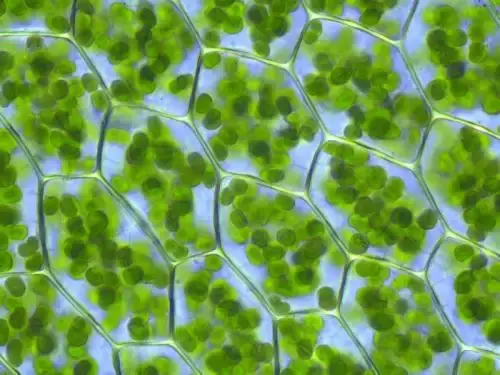

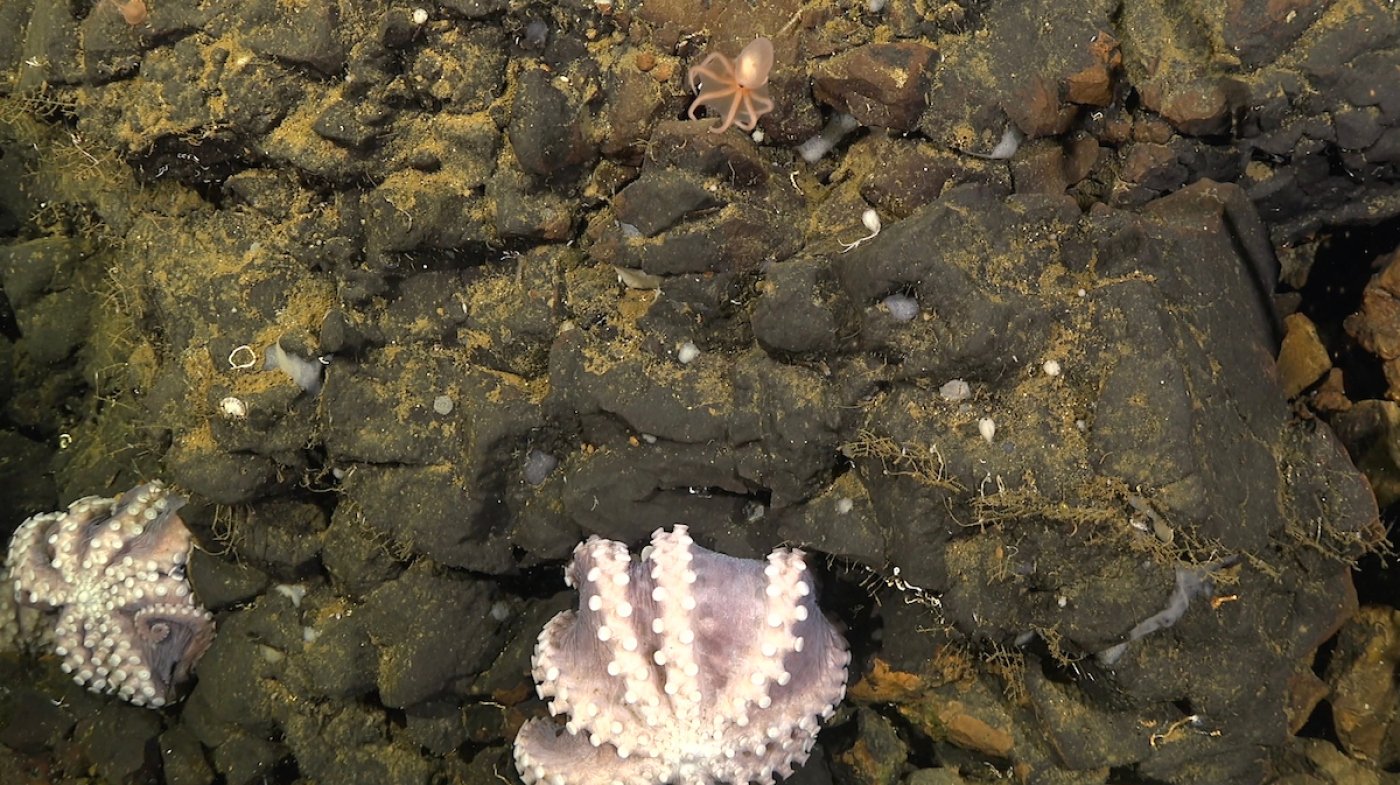
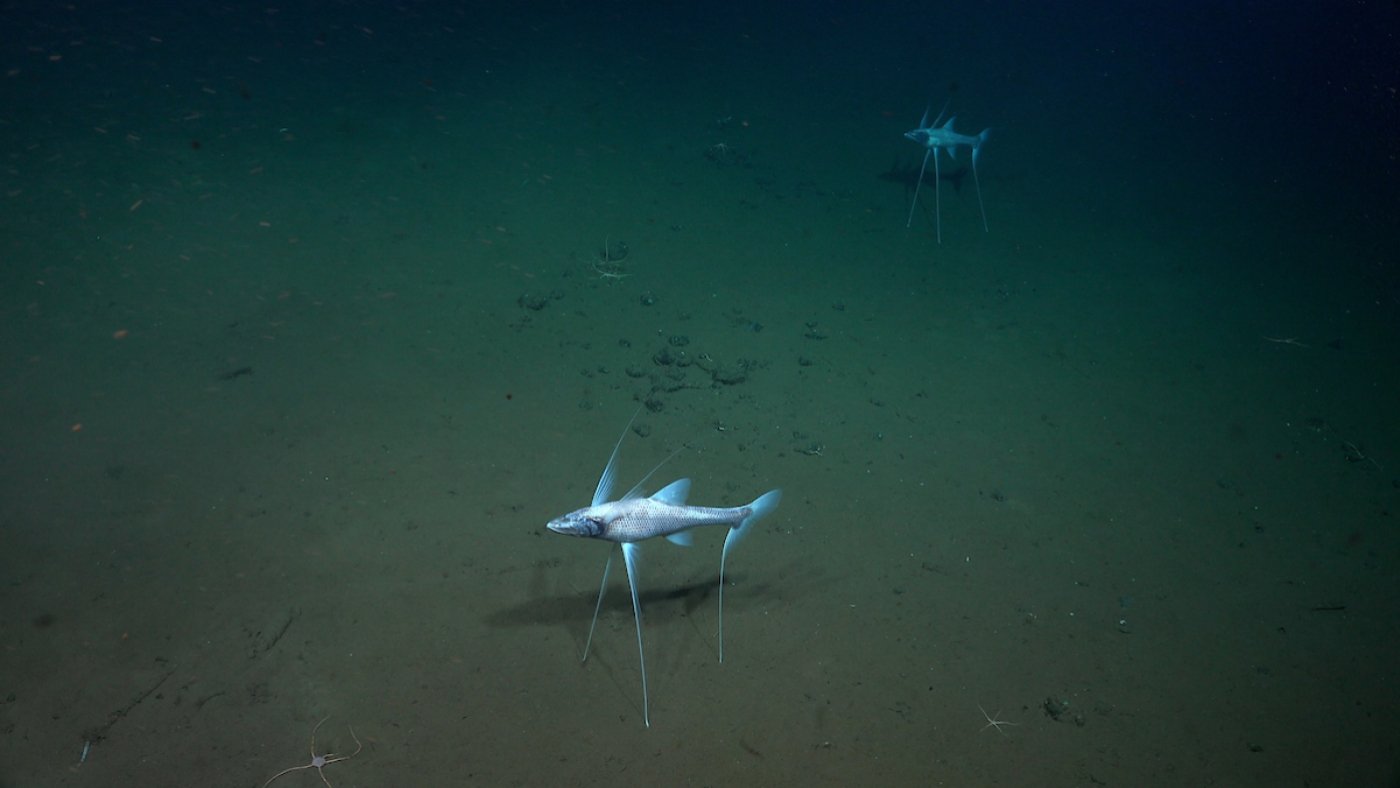
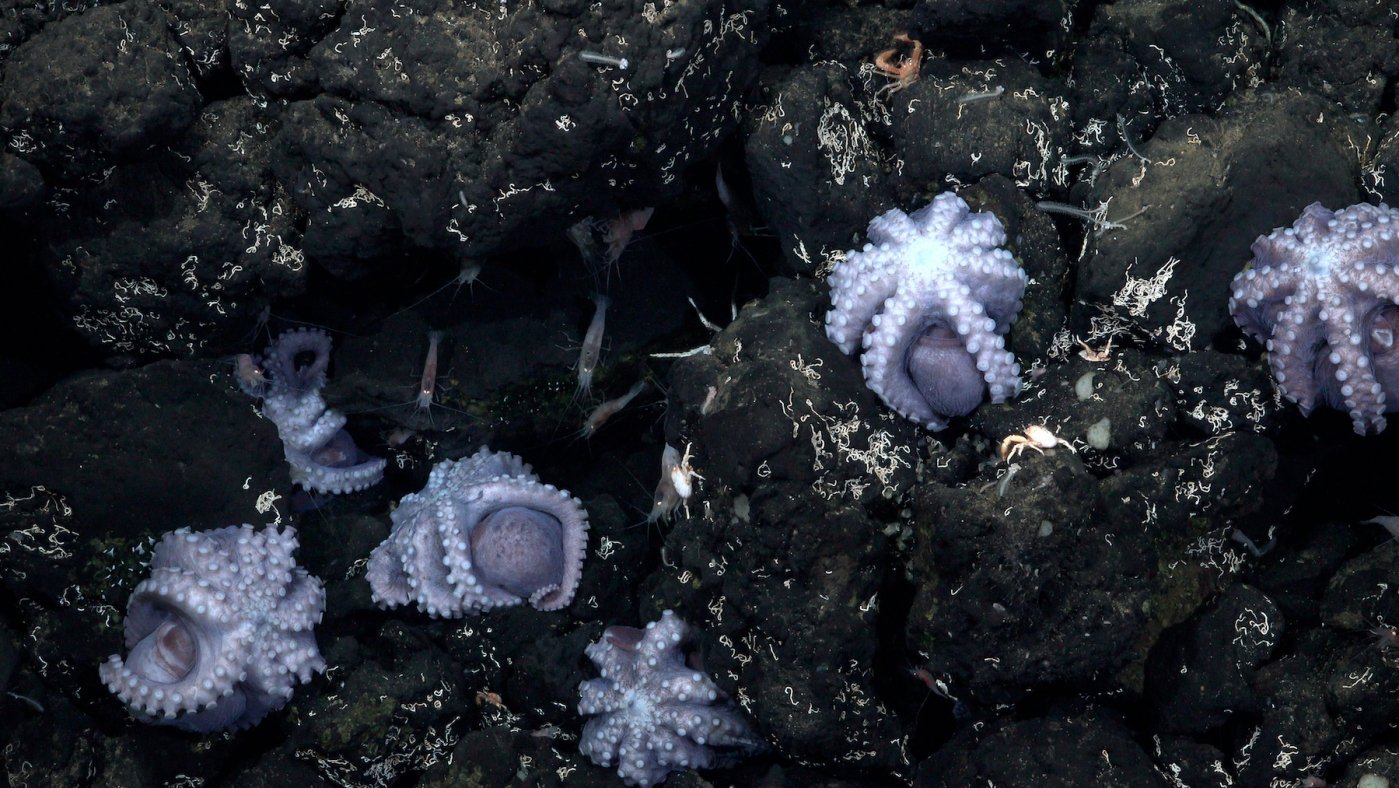 These deep sea expeditions, then, do more than document wonder. They could play a vital role in protecting some of Earth's rare and invaluable ecosystems.
These deep sea expeditions, then, do more than document wonder. They could play a vital role in protecting some of Earth's rare and invaluable ecosystems.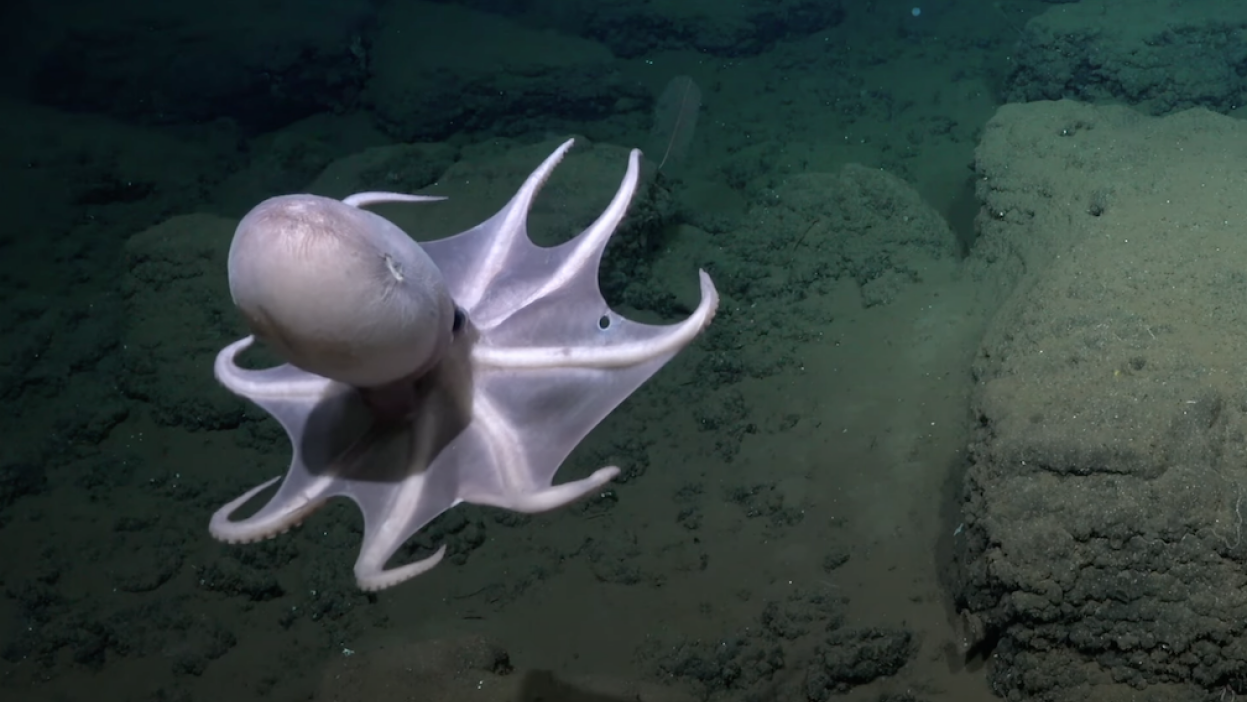


All signs point to Epstine/Maxwell being intelligence of some sort. Likely Mossad and/or CIA, same thing.
And 95% of the US government on both sides of the aisle are funded and under the thumb of AIPAC...
So it all seems to playing out exactly as one would expect.
We the people have to keep the pressure on them all